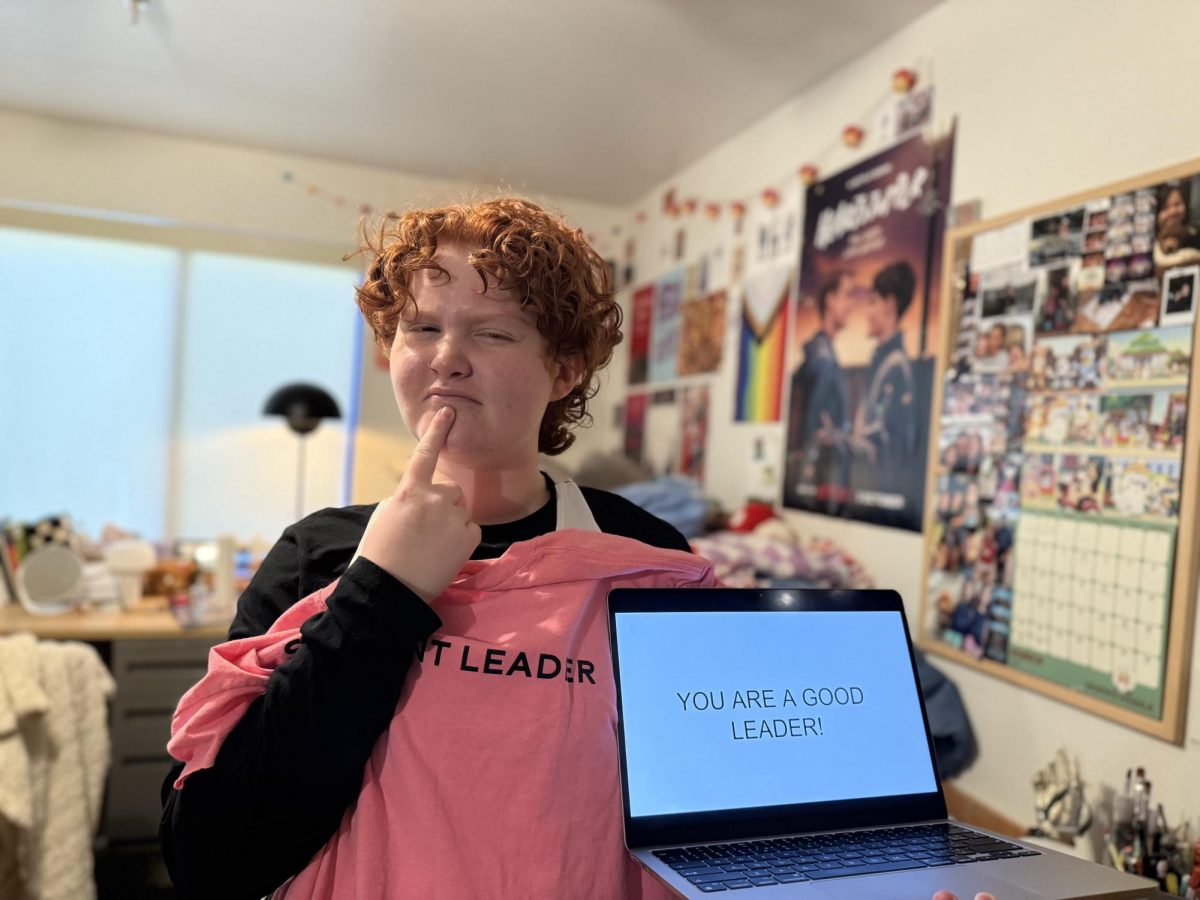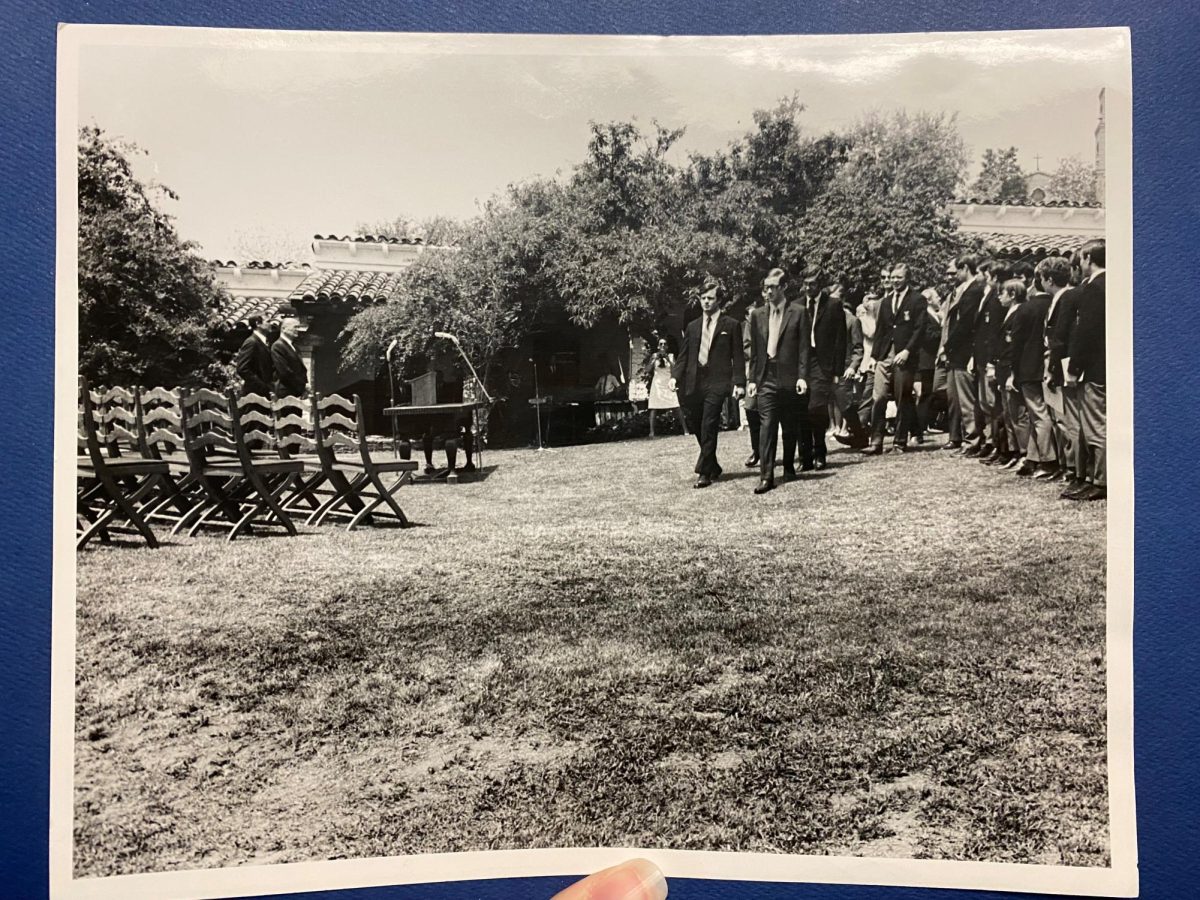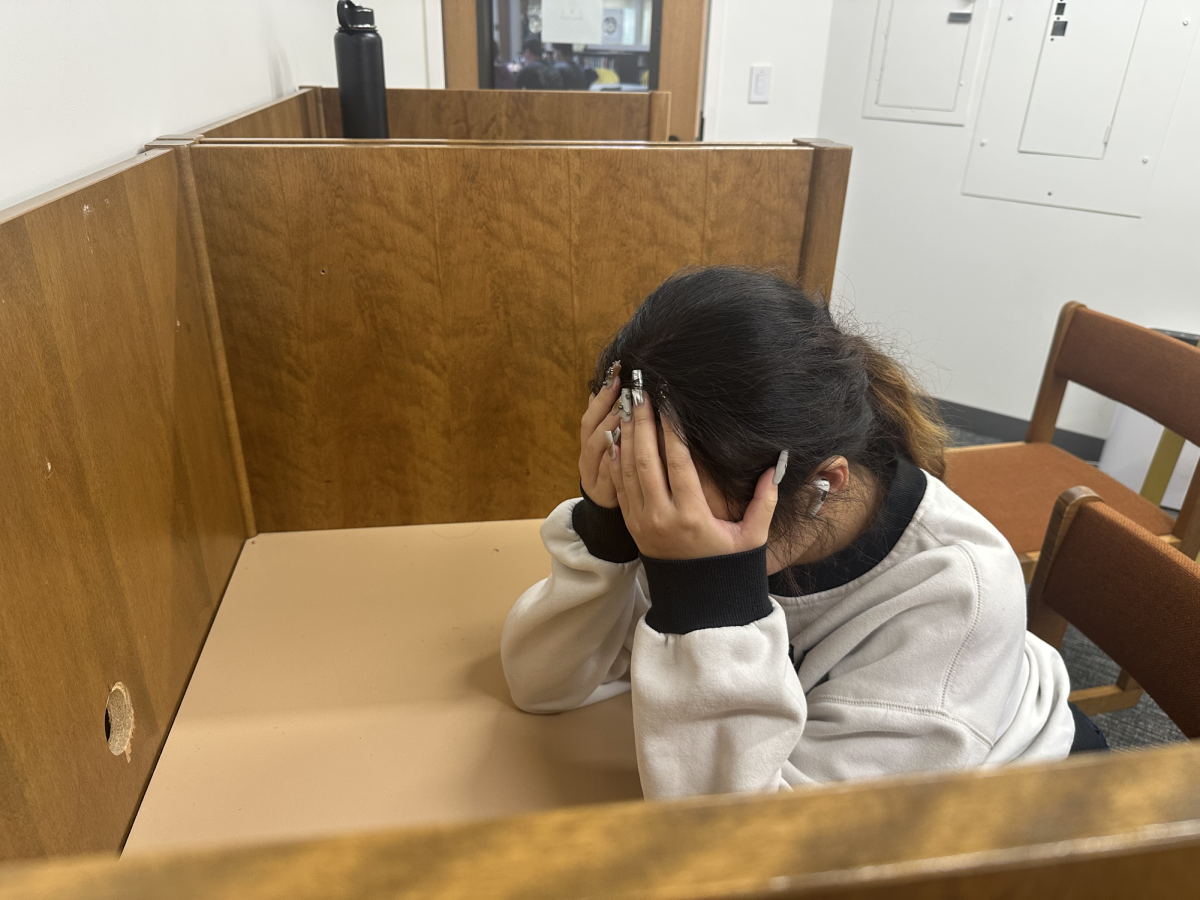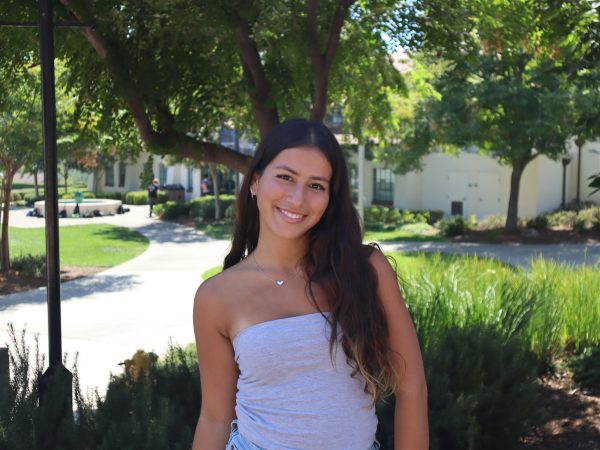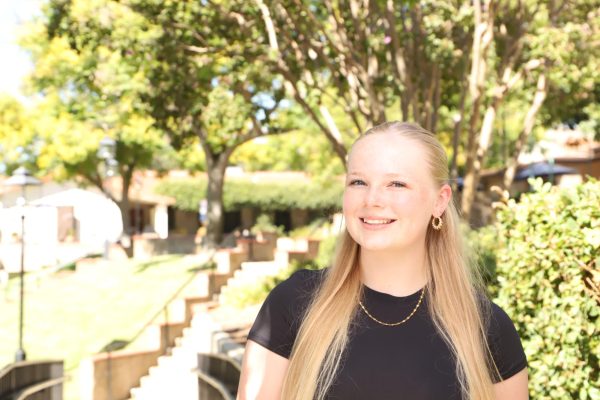At 9:00 p.m., you are forced to walk down to your car in pitch blackness, the trees rustling overhead, you nearly plummet to your death as you hike the uneven paved steps; without proper lighting, you are scared you might step on a snake at any moment as you make the long trek.
As you continue walking toward the Day Student Parking Lot (DSPL), you hear the echo of a dog barking. Walking past the tennis courts, their door is cracked open.
“Is someone in there?” you think to yourself.
As you round the corner into the DSPL, you worry about encountering a wild animal.
“[The path to the DSPL] is really dark, especially when you’re leaving labs at night,” Jasmine Beseth (‘25) said. “Sometimes I get really scared, and I can’t walk alone [because] I feel like a bear’s going to pop out.”
Even after arriving at your car and jumping in, feeling the relief of finally making it through the eerie darkness ready to go home, the gate is locked.
Webb’s protocols tell students to call security when entering and exiting the DSPL.
“Well, we can’t guarantee to be one hundred percent of the time at the gate,” said Sergio Alcaraz, Senior Security and Special Operations. “When we do patrols, there is only one officer.”
It is hard for campus security to be everywhere all at once when trying to patrol campus during academic labs, which can make it more difficult for there to be a quick response in case of an emergency.
With academic labs ending at 9:00 p.m., students are forced to walk through the dark, whether that be day students going to their cars in the DSPL or boarding students walking up to their dorms.
“I’ve definitely seen coyotes outside of my dorm in the middle of the night,” Xenon Poon (‘25) said. “[So,] I have felt unsafe walking around at night, mostly because of the wildlife.”
Many students have voiced concerns concerning their safety to parents about walking alone on campus at night, making families concerned about their children.
“There have been a handful of times where I have to drive [Jasmine Beseth (‘25)] back to school when she would have to call the security guard and it is just pitch black back there,” said Gae Beseth, parent of Jasmine and Martin Beseth (‘28). “I always walk her in [the DSPL] because I do not want her to go by herself, whether it’s a bear, a coyote or a predator you just do not know.”
Considering these safety concerns and issues, we can workshop some solutions that would make students feel safer around campus at night: better lighting, more security, more resources for help, a buddy system, and more specific training handling animal life encounters.
“What I have seen on some college campuses [are] the blue lights [that] you press, and it alerts the police right away,” Gae said. “So, something like that where there are multiple locations of blue lights [for students to access] would be great.”
Another thing to consider would be increased lighting both leading down to the DSPL and around the pathways up to the dorms. This addition will increase student safety, as it will make it easier for students to be aware of their surroundings. This proposal has been brought forward to administration on campus as well.
“We are getting a new Director of Operations, and one of the things that I would like to talk with him about is lighting in the DSPL” said Sarah Lantz, Dean of Students. “It is not the best. We have been working on it [and] we know [it] needs attention.”
Furthermore, more security would increase student safety as it will be easier for students to reach security personnel, in an emergency or if they are locked in or out of the DSPL.
At Webb, we are surrounded by wildlife, and training or instructions on what to do if we encounter a wild animal will increase knowledge about safety surrounding wild animals and give students more peace of mind if they do encounter an animal.
Having these additional updates to campus would foster a safer future for students and would make the community feel more comfortable being out at night.


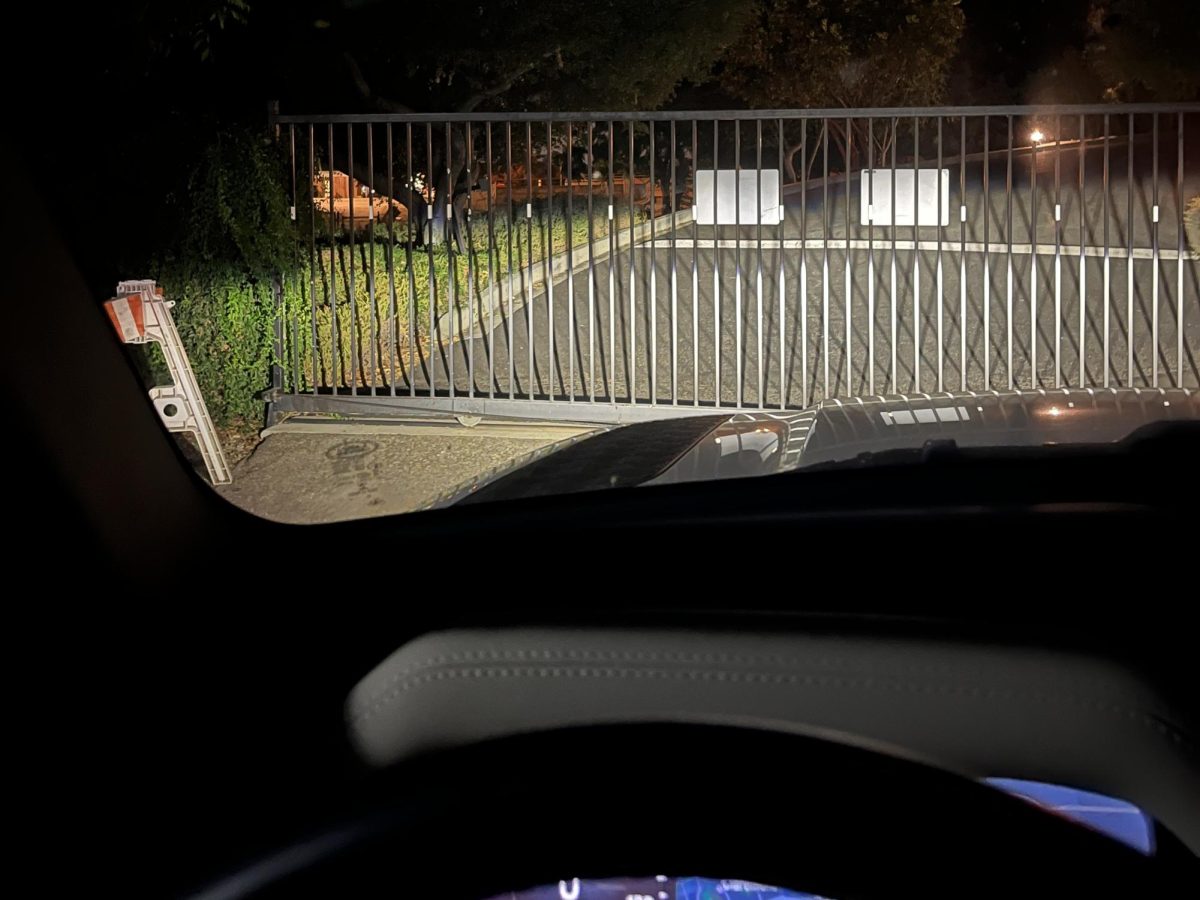



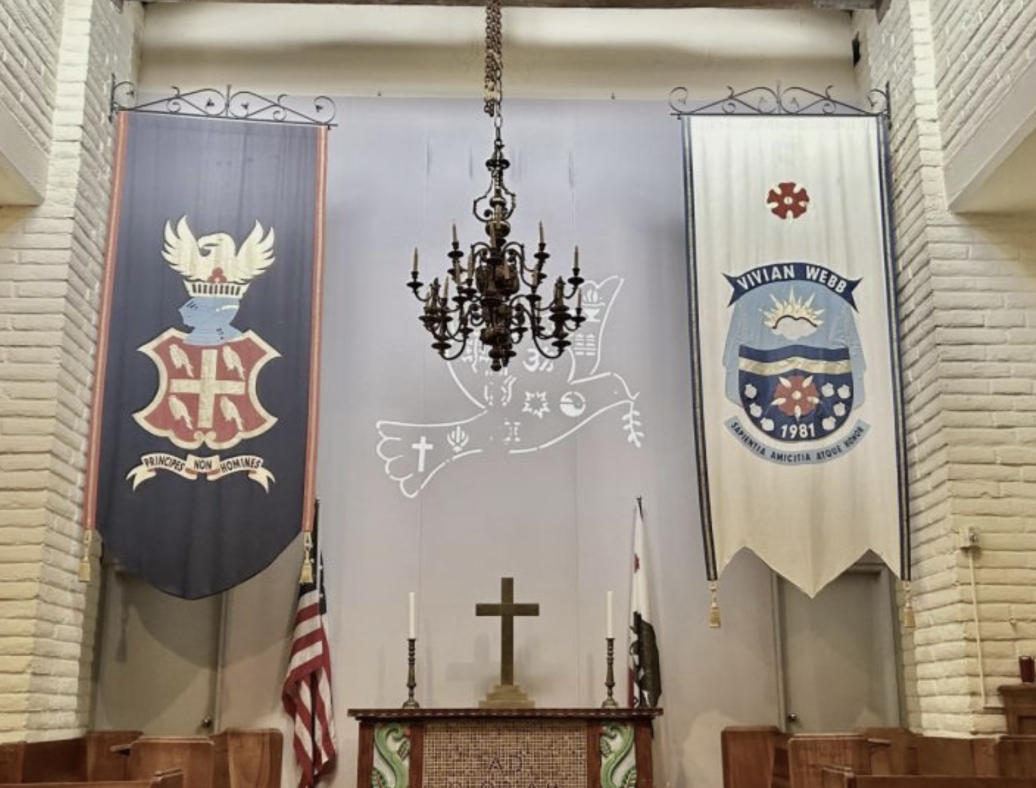
![Many Webb students spend their free time in the library watching a popular TV show like Riverdale and Euphoria. “Based off what I’ve seen, like in Euphoria, because the actors are older, they don't showcase an actual high school life properly,” Sochika Ndibe (‘26) said. “Since [the actors] are older [and] playing a teenager, from a girl’s perspective, it is going to make you think you should look more developed at a young age.” The actor, who plays Veronica Lodge, was 22 years old at the time of filming.](https://webbcanyonchronicle.com/wp-content/uploads/2025/03/Antecol-Media-affects-how-society-functions-graphic-1200x900.png)
